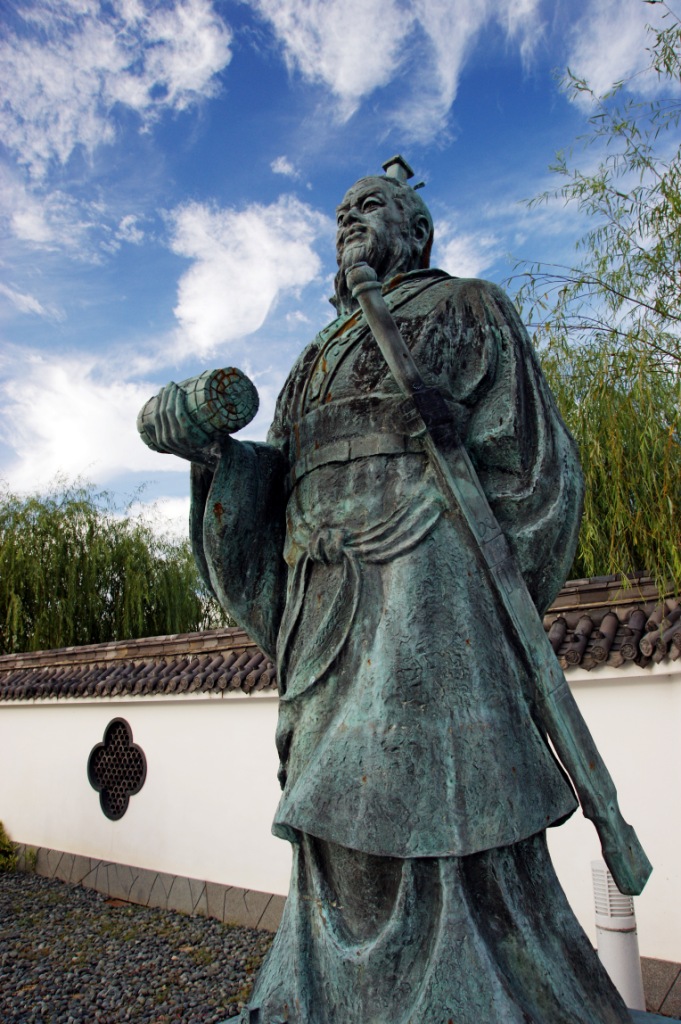
Political warfare
Political warfare is the use of hostile political means to compel an opponent to do one's will. The term political describes the calculated interaction between a government and a target audience, including another state's government, military, and/or general population. Governments use a variety of techniques to coerce certain actions, thereby gaining relative advantage over an opponent. The techniques include propaganda and psychological operations ("PsyOps"), which service national and military objectives respectively. Propaganda has many aspects and a hostile and coercive political purpose. Psychological operations are for strategic and tactical military objectives and may be intended for hostile military and civilian populations.[1]
Political warfare's coercive nature leads to weakening or destroying an opponent's political, social, or societal will, and forcing a course of action favorable to a state's interest. Political war may be combined with violence, economic pressure, subversion, and diplomacy, but its chief aspect is "the use of words, images and ideas".[2] The creation, deployment, and continuation of these coercive methods are a function of statecraft for nations and serve as a potential substitute for more direct military action.[3] For instance, methods like economic sanctions or embargoes are intended to inflict the necessary economic damage to force political change. The utilized methods and techniques in political war depend on the state's political vision and composition. Conduct will differ according to whether the state is totalitarian, authoritarian, or democratic.[4]
The ultimate goal of political warfare is to alter an opponent's opinions and actions in favour of one state's interests without utilizing military power. This type of organized persuasion or coercion also has the practical purpose of saving lives through eschewing the use of violence in order to further political goals. Thus, political warfare also involves "the art of heartening friends and disheartening enemies, of gaining help for one's cause and causing the abandonment of the enemies'".[5]: 151 Generally, political warfare is distinguished by its hostile intent and through potential escalation; but the loss of life is an accepted consequence.
Tools[edit]
Peaceful[edit]
Political warfare utilizes all instruments short of war available to a nation to achieve its national objectives. The best tool of political warfare is "effective policy forcefully explained",[6] or more directly, "overt policy forcefully backed".[7] But political warfare is used, as one leading thinker on the topic has explained, "when public relations statements and gentle, public diplomacy-style persuasion—the policies of 'soft power'—fail to win the needed sentiments and actions" around the world.[8]
The major way political warfare is waged is through propaganda. The essence of these operations can be either overt or covert. White propaganda is maximally overt: there is attribution to a promoter; the attributed promoter and the actual promoter are one and the same; and no attempt is made to hide the fact that a viewpoint or "line" is being promoted. Most television advertisements are white propaganda turned to commercial ends. Grey propaganda ranges in overtness from maximal to a slightly lesser degree: as in white propaganda, there is honest attribution to a source; but it differs from white propaganda by being less forthright either about the link between the source and the line being promoted or about its status as propaganda in the first place. Grey propaganda has alternatively been defined as the "semiofficial amplification of a government's voice";[6] guerilla advertising uses the tools of grey propaganda to sell products and services, while in public service, examples include Radio Free Europe and Radio Liberty (established during Cold War I). Black propaganda is covert: this may be limited to the anonymous dissemination of internally consistent talking points (differing from white propaganda only in its lack of credited authorship), but it may also be the impersonation of a widely trusted organization (through the use of its branding, corporate style guide, distinctive turns of phrase, etc.) under a false flag, or a strategy as complex as the use of a botnet to inundate a social network with self-contradictory disinformation as if through a firehose of falsehood, amplifying the botnet's posts with so-called Likes and Retweets, and frustrating genuine users' bona fide searches for pertinent information by diminishing the signal-to-noise ratio. What unifies these disparate strategies implementing black propaganda is that, in all cases, it "appears to come from a disinterested source when in fact it does not".[9]
There are channels which can be used to transmit propaganda. Sophisticated use of technology allows an organization to disseminate information to a vast number of people. The most basic channel is the spoken word. This can include live speeches or radio and television broadcasts. Overt or covert radio broadcasting can be an especially useful tool. The printed word is also very powerful, including pamphlets, leaflets, books, magazines, political cartoons, and planted newspaper articles (clandestine or otherwise). Subversion, agents of influence, spies, journalists, and "useful idiots" can all be used as powerful tools in political warfare.[10]